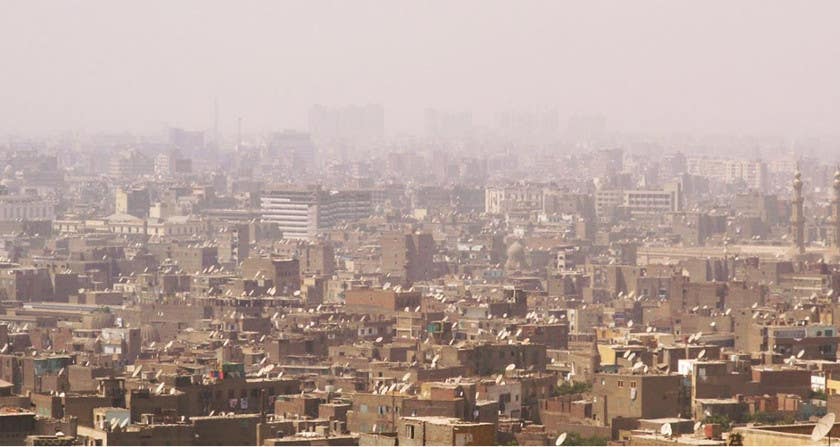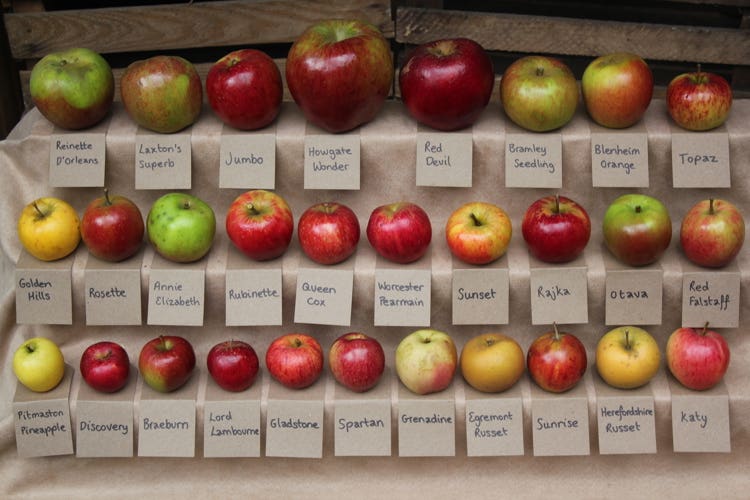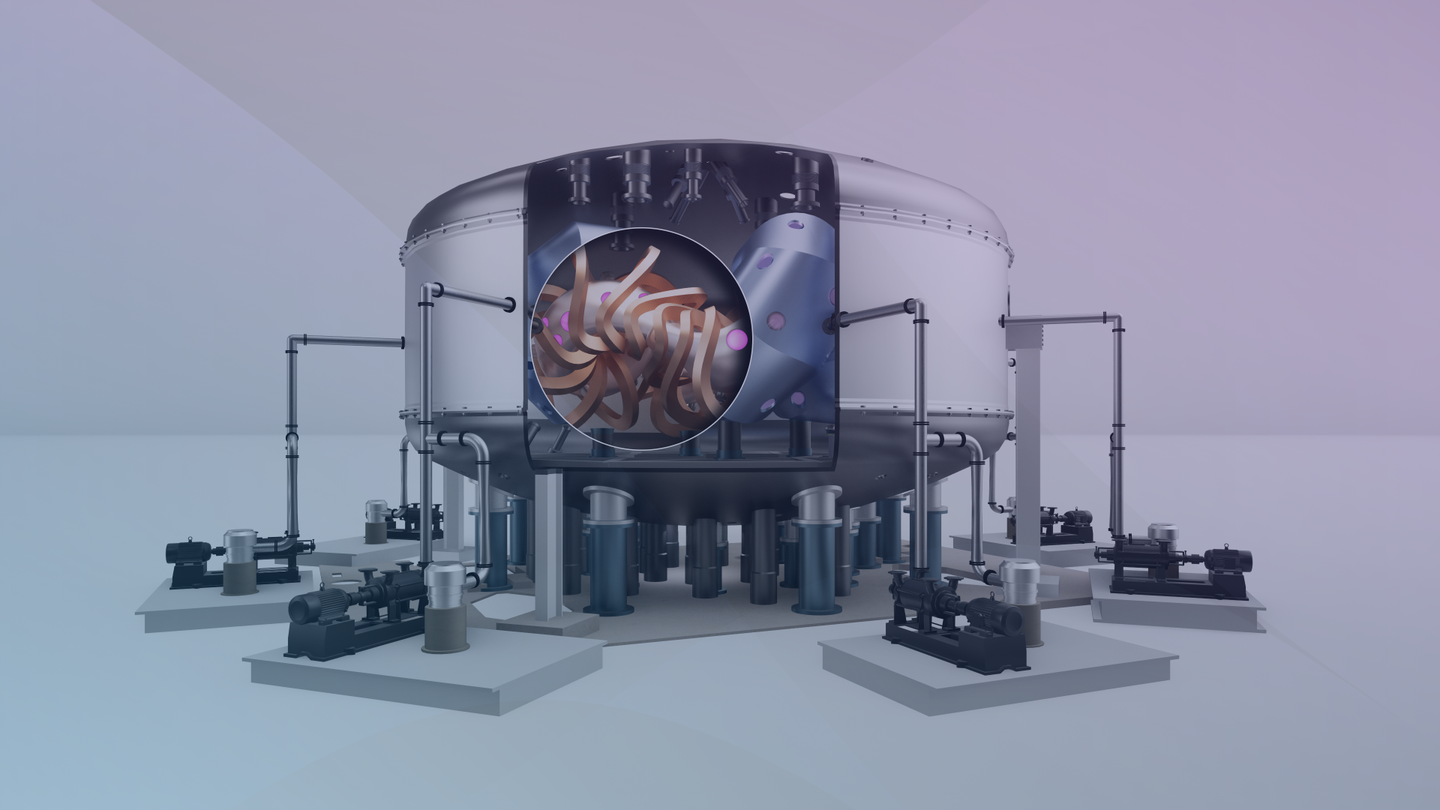Earth’s atmosphere can clean itself, groundbreaking research finds
The molecule called hydroxide (OH) is crucial in helping to clear the air of pollutants, including greenhouse gases and other chemicals.

[July 10, 2023: Staff Writer, The Brighter Side of News]
Scientists have made a groundbreaking discovery that could change the way we think about air pollution. (CREDIT: Creative Commons)
Scientists have made a groundbreaking discovery that could change the way we think about air pollution. Researchers at the University of California, Irvine, have found that a strong electric field between airborne water droplets and surrounding air can create a molecule called hydroxide (OH) by a previously unknown mechanism.
This molecule is crucial in helping to clear the air of pollutants, including greenhouse gases and other chemicals.
The discovery is outlined in a new paper published in Proceedings of the National Academy of Sciences, which suggests that the traditional thinking around the formation of OH in the atmosphere is incomplete. Until now, it was thought that sunlight was the primary driver of OH formation, but this new research shows that OH can be created spontaneously by the special conditions on the surface of water droplets.
“You need OH to oxidize hydrocarbons, otherwise they would build up in the atmosphere indefinitely,” said Sergey Nizkorodov, a University of California, Irvine professor of chemistry, who was part of the research team.
Related Stories
“OH is a key player in the story of atmospheric chemistry. It initiates the reactions that break down airborne pollutants and helps to remove noxious chemicals such as sulfur dioxide and nitric oxide, which are poisonous gases, from the atmosphere.”
The implications of this discovery are significant. It could change the way we model air pollution, as the assumption has always been that OH comes from the air and is not produced in the droplet directly. This means that existing models may need to be revised to take into account this new source of OH.
To test their hypothesis, the research team measured OH concentrations in different vials – some containing an air-water surface and others containing only water without any air – and tracked OH production in darkness by including a “probe” molecule in the vials that fluoresces when it reacts with OH. They found that OH production rates in darkness were similar to, and even exceeded, rates from drivers like sunlight exposure.
Sergey Nizkorodov, UCI professor of Chemistry (left), and atmospheric chemist Christian George of the National Center for Scientific Research at the University of Lyon, France, led a project to derive a new understanding of how hydroxide molecules help clear the atmosphere of human-emitted pollutants and greenhouse gases. (CREDIT: UCI)
“This could change air pollution models quite significantly,” said Nizkorodov. “OH is an important oxidant inside water droplets, and the main assumption in the models is that OH comes from the air.”
A lot of people will read this but will not initially believe it and will either try to reproduce it or try to do experiments to prove it wrong,” said Nizkorodov. “There will be many lab experiments following up on this for sure.”
He added that UCI is a prime place for such science to continue happening, because other labs at UCI, like that of Ann Marie Carlton, professor of chemistry, focus their efforts on the role water droplets play in the atmosphere.
Hydroxyl radical (OH) is a key oxidant that triggers atmospheric oxidation chemistry in both gas and aqueous phases. (CREDIT: PNAS)
The research builds on previous work from Stanford University scientists led by Richard Zare, which reported spontaneous formation of hydrogen peroxide on the surfaces of water droplets. The new findings help interpret the unexpected results from the Zare group.
However, the researchers caution that further experiments need to be done to fully understand the implications of this discovery. The next step is to perform carefully designed experiments in the real atmosphere in different parts of the world.
The study was funded by the European Research Council and involved researchers from France’s University Claude Bernard, China’s Guangdong University of Technology, and Israel’s Weizmann Institute.
This discovery has the potential to reshape our understanding of how the air clears itself of pollutants and other chemicals. With further research, we may be able to better mitigate air pollution and create more accurate models to forecast how air pollution happens.
Note: Materials provided above by The Brighter Side of News. Content may be edited for style and length.
Like these kind of feel good stories? Get the Brighter Side of News' newsletter.
Joseph Shavit
Head Science News Writer | Communicating Innovation & Discovery
Based in Los Angeles, Joseph Shavit is an accomplished science journalist, head science news writer and co-founder at The Brighter Side of News, where he translates cutting-edge discoveries into compelling stories for a broad audience. With a strong background spanning science, business, product management, media leadership, and entrepreneurship, Joseph brings a unique perspective to science communication. His expertise allows him to uncover the intersection of technological advancements and market potential, shedding light on how groundbreaking research evolves into transformative products and industries.



